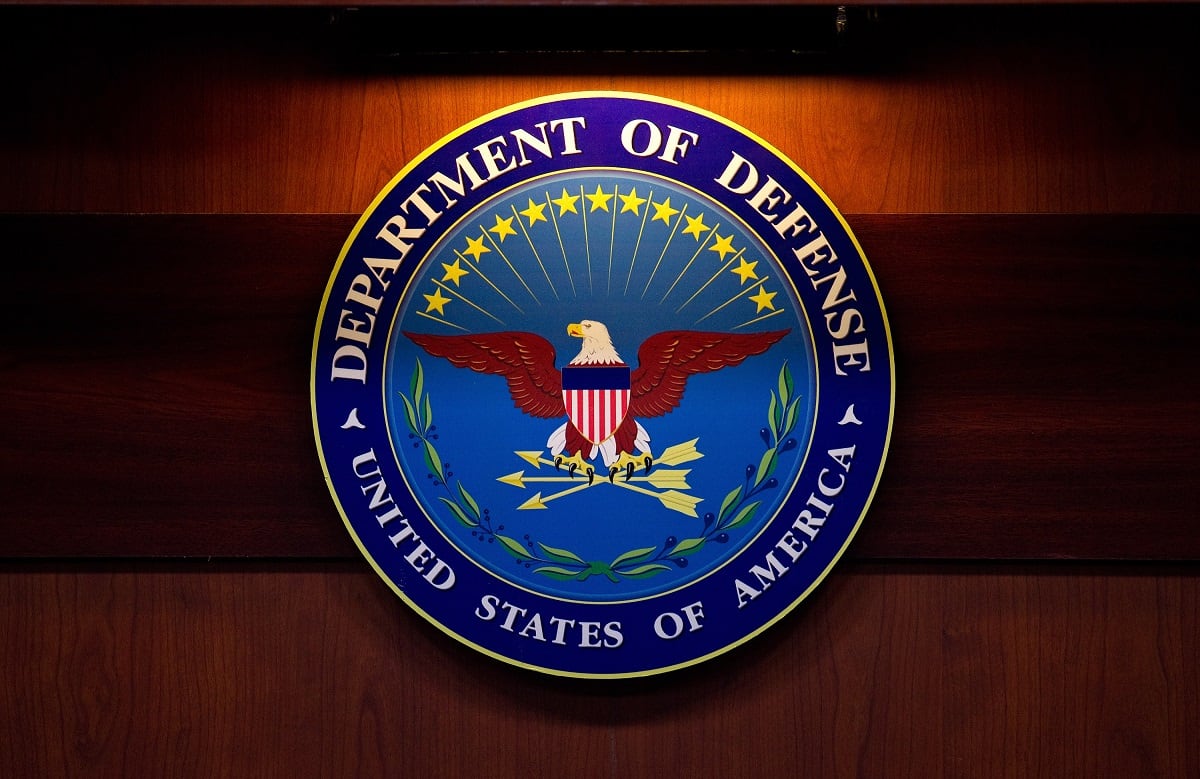WASHINGTON — The amount of funding for defense research awarded through other transaction authorities have increased nearly tenfold in five years, according to a new analysis seen exclusively by Defense News.
The report, by data and analytics firm Govini, shows the use of OTAs and small business innovation research contracts has expanded to the point that, in 2019, the two methods accounted for $9.6 billion, or 10 percent of the Defense Department’s research, development, test and evaluation spending.
OTAs are small contracts awarded to companies of any size, in theory targeted at nontraditional defense contractors, with the purpose of conducting research or prototype efforts on a specific project; they are not subject to Federal Acquisition Regulation rules. SBIR contracts are targeted at small businesses in order to act as seed money for them to conduct research and development efforts; they are subject to the FAR rules.
Overall, $34.5 billion have been handed out in the last five years through the two contracting methods, to 6,503 unique vendors. However, more than half the OTA dollars are going to only three consortia.
The two contracting methods may be about to jump in importance for the department, in light of the new coronavirus outbreak. Navy acquisition head Hondo Geurts, in a March 24 memo, ordered his workforce to do what they can to keep small companies assigned to naval research programs on track, including specifically calling out the need to protect SBIR efforts.
Govini tracked the use of OTA and SBIR contracts over a five-year period, from fiscal 2015 through fiscal 2019.
“The Defense Department’s surging use of OTAs reflects its strong desire to break free from the stringent acquisition process, better access innovative technologies, and lure new companies to the defense ecosystem who otherwise may not see the federal government as a viable or lucrative potential market,” said Tara Murphy Dougherty, Govini CEO.
“Fundamentally, the Department is driven by the imperative to outpace China’s military modernization in order to retain a military advantage, and they understand that leveraging emerging technologies and the very best technology available in American industry — not just the Defense Industrial Base — are critical to achieving that goal,” she added.
OTA dominance
The numbers tell a particularly stark story of how the department is increasing its use of OTA contracts. From 2015-2017, the government awarded $12.5 billion in SBIR contracts, versus $4.9 billion in OTA contracts. But from 2018-2019, the government awarded $5.7 billion in SBIR contracts, while it handed out $11.4 billion in OTA deals — an increase large enough to nearly draw even over the five-year period.
That increase in OTA funding also ties into the mission laid out by the National Defense Strategy, which encourages a focus on great power competition with China and Russia. According to Govini, the two biggest OTA investments of RDT&E dollars during this time period were $5 billion for munitions and long-range fires, and $3 billion for space systems.
While the dollar totals are becoming closer, overall SBIR recipients continue to dwarf OTAs — 6,213 to 290 during the five-year period.

The Army leads the way with use of the two contract methods ($14.1 billion) during this period, followed by the Air Force ($10.4 billion), defensewide agencies ($6 billion) and the Navy ($4 billion).
The two contract types also split their dollars in divergent ways. The top SBIR vendor, Colsa Corporation, received 4 percent of total SBIR awards, and the top ten (which includes Colsa) received less than 20 percent of the overall total.
In comparison, the top three OTA vendors are consortia managers that make up more than half of total OTA contracts. Those three are Analytic Services Inc. ($5.429 billion), Advanced Technology International ($1.616 billion) and Consortium Management Group Inc. ($1.238 billion).
Traditional defense corporations are taking advantage of OTAs as well. The fourth highest recipient of OTA money is United Launch Alliance, co-owned by Lockheed Martin and Boeing; the sixth highest recipient is Lockheed; the eight highest is Northrop Grumman; and the 10th highest is Boeing.
Given that OTAs were designed to reach out to nontraditional defense firms, “it’s surprising how many traditional defense contractors benefit from OTA arrangements,” Murphy Dougherty said. “Lockheed Martin, Northrop Grumman, and Boeing were all top OTA vendors over the past five years. This is a good example of how accessing the data can help the Department measure its success in terms of achieving intended outcomes through actions like increased OTA use.”
RELATED

Earlier this month, Ellen Lord, the Defense Department’s top acquisition official, was asked at a McAleese & Associates conference about data that shows prime contractors taking advantage of OTA contracts. Lord indicated her office needed to gather more data on the issue before taking a look.
“The whole premise of OTAs was to get the nontraditional [vendors] and the smalls there,” Lord responded. “I find it hard to imagine a situation where large primes would predominately use OTAs, but I don’t know what I don’t know. That wasn’t the objective.
“Oversight is one of our responsibilities in A&S [the office of acquisition and sustainment] that I take very seriously, so we need to make sure that we don’t have unintended results from some of the polices that we implement. We’re always trying to improve that.”
Aaron Mehta was deputy editor and senior Pentagon correspondent for Defense News, covering policy, strategy and acquisition at the highest levels of the Defense Department and its international partners.







